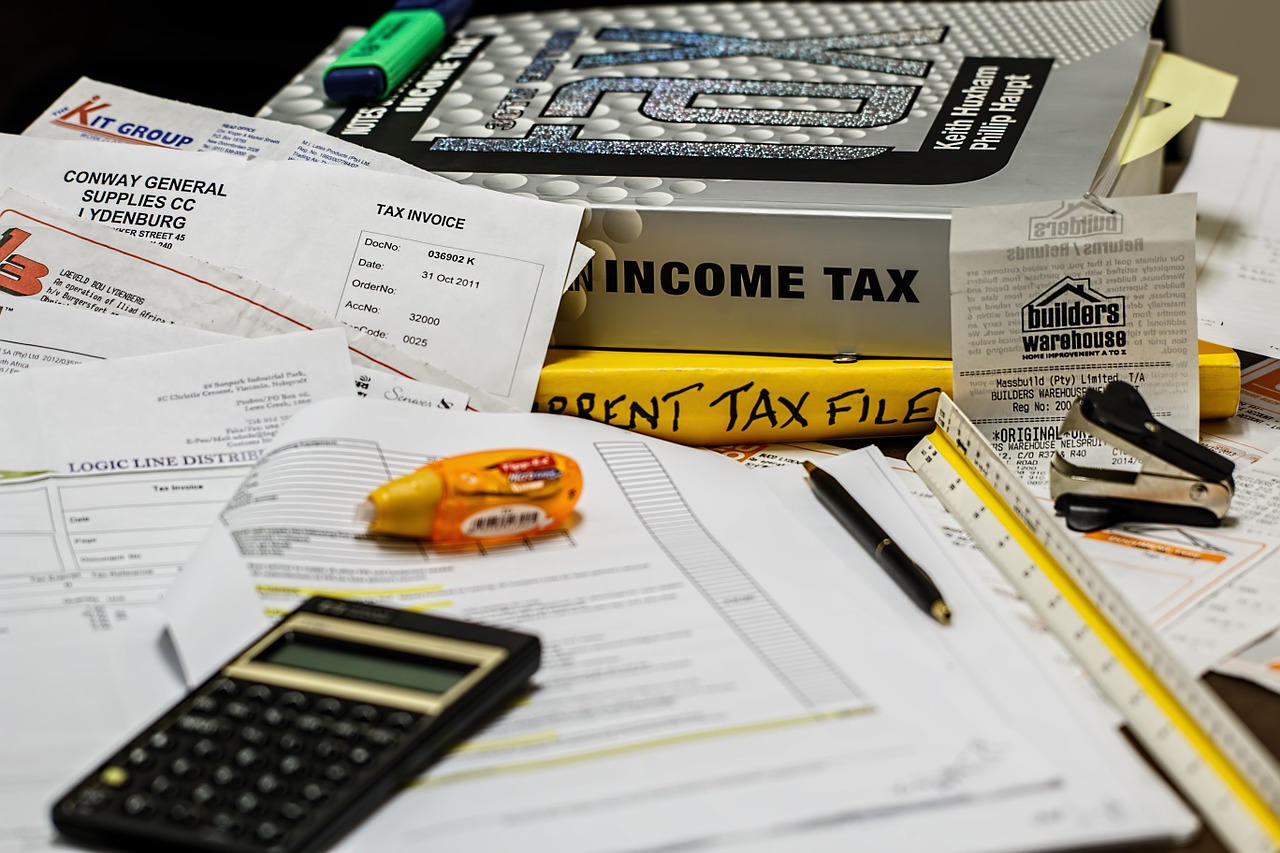Deductible expenses in Accounting. What does deductible mean? How are deductible costs defined? Does an expense that is accounted for in the ledger carry the same meaning as a deductible cost? What exactly does an accountant imply when they deduct something?

What is a deductible cost?
Deductible
You have probably sometimes heard that salaries are deductible or that a particular expense is deductible. This accounting term is also mentioned when investigating how much VAT you can deduct from entertainment expenses and other less business-connected costs that a company incurs. In this case, you mean how much of the VAT you can account for as input VAT and how much of it that should be booked as a cost instead.
Deductible explanation
Accountants often use strange terms and intricate language which makes their work sound more difficult and complicated than it actually is. Deductible is a good example of an expression from the accounting glossary, with a connotation which many do not grasp or fully understand.
Deductible essentially means that you are entitled to post something as a cost in the ledger for your company. The expensed cost reduces the profit in the P&L statement for the company, which also implies you lower the corporate tax, because businesses pay taxes based on the profit they report.
Deductible can also be used to describe the “grey area” costs you are allowed to post in the ledger. You may have purchased a computer which you also use privately. Then the question arises as to whether the cost of the laptop is deductible. In other words, you have to consider accounting the receipt in your company’s ledger or treat it as a personal expense (private expense), which cannot be included in the profit and loss statement for the company.
In general, one can say that all costs intended to be booked in the company must be linked to the company’s ability to receive new income. There should be a direct link to the company’s line of business. The costs must be necessary for operating the business, such as the bill for electricity, office rent, or an expense for a new office chair. Sometimes you may need to allocate 2/3 of the computer cost to the company and 1/3 excluded and counted as private.
Explanation of Non-deductible costs
Thus, the cost of your brand new running shoes would generally not be a deductible expense in your company, as this charge is usually unrelated to the company’s line of business or ability to generate new profits. However, you must always consider the setting the company operates within. If you are a professional runner with a sole proprietorship, and this is your primary source of income, then running shoes would be a deductible expense in your case.
Furniture for your company will, of course, be deductible; but there are some exceptions when the cost of the furniture is not. This usually happens if you bought a piece of art, something antique for office decoration, or a valuable musical instrument. Inventories that are not deductible have a permanent, or even increasing value.
In practice, this means that you cannot record the expense as a cost for the company. Furthermore, you may not depreciate the inventory item as you usually do when you purchased a machine or similar. You are not allowed to impose depreciation on things considered to have a long-lasting or even eternal value.
Non-deductible costs in sole proprietorships
In those cases where an expense is not deductible, it should not lower the income to be taxed. The values you post as non-deductible must be returned to be taxed in the income declaration for you and your company. Your actual P&L and the taxable result may differ due to this. The most natural thing for sole traders is hence just to not account for non-deductible expenses at all in the company ledger. Then these private costs will be like your individual living expenses such as food, rent for your apartment, and the purchase of your private mobile phone. Personal spending is not tax-deductible.
A typical grey zone for businesses is health care costs for the owner and the employees. How much of it, if any at all, will be a deductible expense that can deviate substantially between countries and even among different entity types in a single country.
The non-deductible costs arise primarily in connection with expenses for company formation, fines, gifts, and entertainment. The rules vary significantly between countries, even inside the European Union. In these cases with a cost that is not allowed to be a cost, a row is posted to a bookkeeping account. This non-deductible account is intended explicitly as the holder of the value which should affect the result, but not lower the tax.
Examples of these are:
XXXX – Other external costs (non-deductible)
XXXX – Contributions and gifts (non-deductible)
The actual ledger accounts will differ depending on your country of origin and the accounting software you are using.
Typical non-deductible costs
This list of expenses are examples of costs that are often considered non-deductible in many countries. If they are indeed allowed to be expensed, it is often with limits or the expense may only be partially deductible. Many exceptions and variations do of course exist; hence you must always check with your local tax authority, tax expert, or auditor which applies in your specific country and for your unique circumstances.
- Costs related to cars and vehicles
- Compensation of key employees
- Lobbying expenses
- Fines, bribes, and illegal purchases
- Entertainment
- Personal costs
- Unused vacation or sick leave expenses
- Membership fees
- Healthcare and gym cards
- Company formation costs
- Donations and gifts
- Legal fees
Prevalent examples of items with VAT deduction limits
Even if the cost itself is allowed to be deducted there are also a complete myriad of local differences governing what and how much of the VAT (sales tax) can be deducted (posted as input VAT). A country that has gone to the extreme with a diversified scheme of partly deductible costs is Denmark, but on the other hand, they only have a single VAT rate of 25%. Often, it will be difficult to reclaim VAT on these expenses, especially if incurred abroad in any country:
- Taxi, public transfer
- Cars and rentals
- Vehicle repairs
- Fuel
- Hotels
- Food and drinks
- Housing for employees
- Telecommunication
- Road tolls
- Entertainment
- Catering
- Health improvement
- Recreation activities
- Costs related to immovable property
- Private expenses
- Tobacco products
- Alcohol
- Art, Antiquities and collector’s items
- Benefits-in-kind for employees (fringe benefits)
- Travel expenses
- Jewelry and precious stones
- Invoices on which VAT was charged in violation of the law
(Holding companies encounter even more convoluted deduction policies)
Reporting with non-deductible costs
When you report your figures to the tax authority which partly consists of non-deductible costs, you must sum up all these costs and increase the result in the P&L reporting. In fact, the amount used to determine the tax (taxable result) will be increased by the same amount as the sum of the non-deductible costs.
The most convenient approach for sole traders is really just to avoid recording any non-deductible expenses at all in the accounting ledger. Then your posted result will be the same amount as you will be paying taxes on. If you have a larger company with a finance department, which has the time and knowledge to make a lot of adjustments in the financial statements and the annual report, you can indulge yourself with these administrative debaucheries. Usually, these types of costs are predominately found in companies with employees, at least if you are expecting to have any amounts of significance posted as non-deductible.





